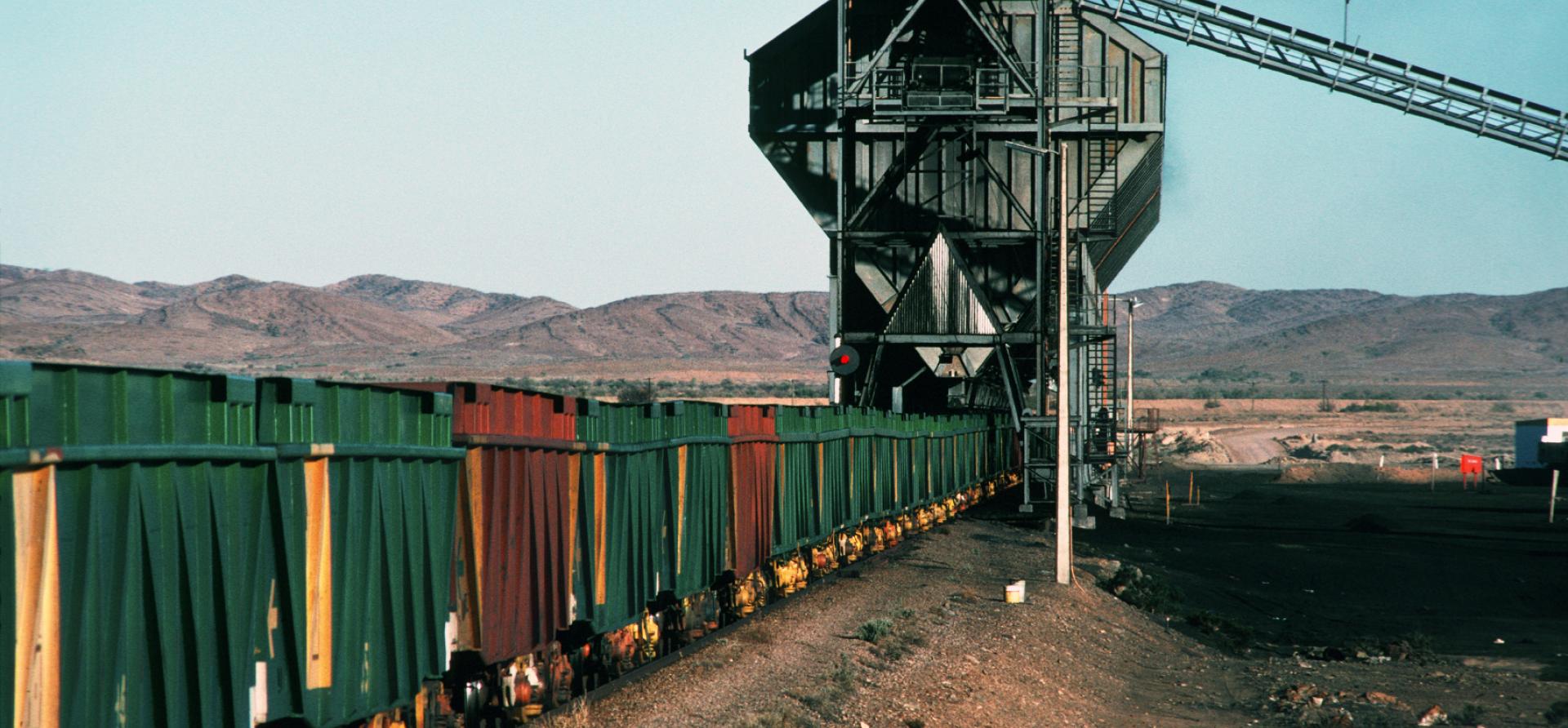Obama Does for the Coal Industry What It Cannot Do for Itself

President Obama is doing for the coal industry what it cannot do for itself in proposing reforms that would require coal producers pay taxpayers a fair price for coal taken from public lands.
A federal lease moratorium would allow the federal government, as owner of the coal, and stakeholders to establish a new business model for coal. The old model of supplying cheap coal on any terms the coal industry wanted is not working anymore. As IEEFA outlined in its 2012 report on federal coal leasing, the last real discussion on coal leases occurred over 30 years ago.
Markets have changed since the 1980’s. The coal industry is shrinking, and it will continue to shrink for the foreseeable future. It will be a much less important source of energy for the nation’s electricity grid going forward. However, coal has a future—a future that includes fewer companies and less mining to supply a much smaller number of coal-fired power plants.
The coal industry is unprepared for this new market. The federal government as owner of almost 50 percent of the coal produced for electricity in the U.S. must step in to discipline production, restrict supply and provide better management for this national resource. Right now the coal industry is bankrupt. It is offering no business leadership or support for the U.S. as it goes through its energy transition and manages climate change.
ONCE A CRITICAL PLAYER IN THE ENERGY FUTURE OF THE U.S., THE COAL INDUSTRY IS NOW LITTLE MORE THAN A SELF-INTERESTED party seeking a bailout. It has forfeited its claim to protected status by failing to innovate and by pursuing a series of failed business strategies that have left the industry—and more important the people of the U.S.—without strong corporate leadership in this sector of the energy economy.
“We anticipate this decision will have little immediate impact on the supply of coal in the U.S. According to the Energy Information Administration, the nation has 18 billion tons of recoverable coal in producing mines and an additional 256 billion tons of recoverable coal. The U.S. is producing just under 1 billion tons of coal per year, an amount is expected to decrease over the next decade.
Of the amount of recoverable coal from producing mines, 8 billion of the 18 bilion tons is located in Montana and Wyoming, the two states most involved with the federal lease program. The PRB produced just under 400 million tons of coal in 2015. The PRB has an estimated 20-year supply under the most recent scenario.
Under the Obama administration the Bureau of Land Management has entered into leases on 13 applications amounting to over 2.2 billion tons of coal. These new reserves plus the reserves already under lease should offer an ample supply of coal in the coming years.
Over the last two years a number of coal leases were bid out by the Bureau of Land Management and no bids were received reflecting the fact that there are no market incentives to go forward with new mining. Arch walked away from Jacobs Ranch and Rhino Resources walked away from a Colorado project (details here).
We know this issue well.
In August of last year, IEEFA submitted public testimony in favor of reforms (see: Federal Government Owns the Nation’s Largest Coal Deposits—and Must Act Accordingly”). IEEFA this past August, after much research, also wrote a formal letter to Interior Secretary Sally Jewel in favor of reform.
And in 2012, IEEFA published “The Great Giveaway,” a study that concluded federal coal-lease policy was outdated—it’s 30 years old—and that a moratorium on federal coal leases is long past due.
Tom Sanzillo is IEEFA’s director of finance.















